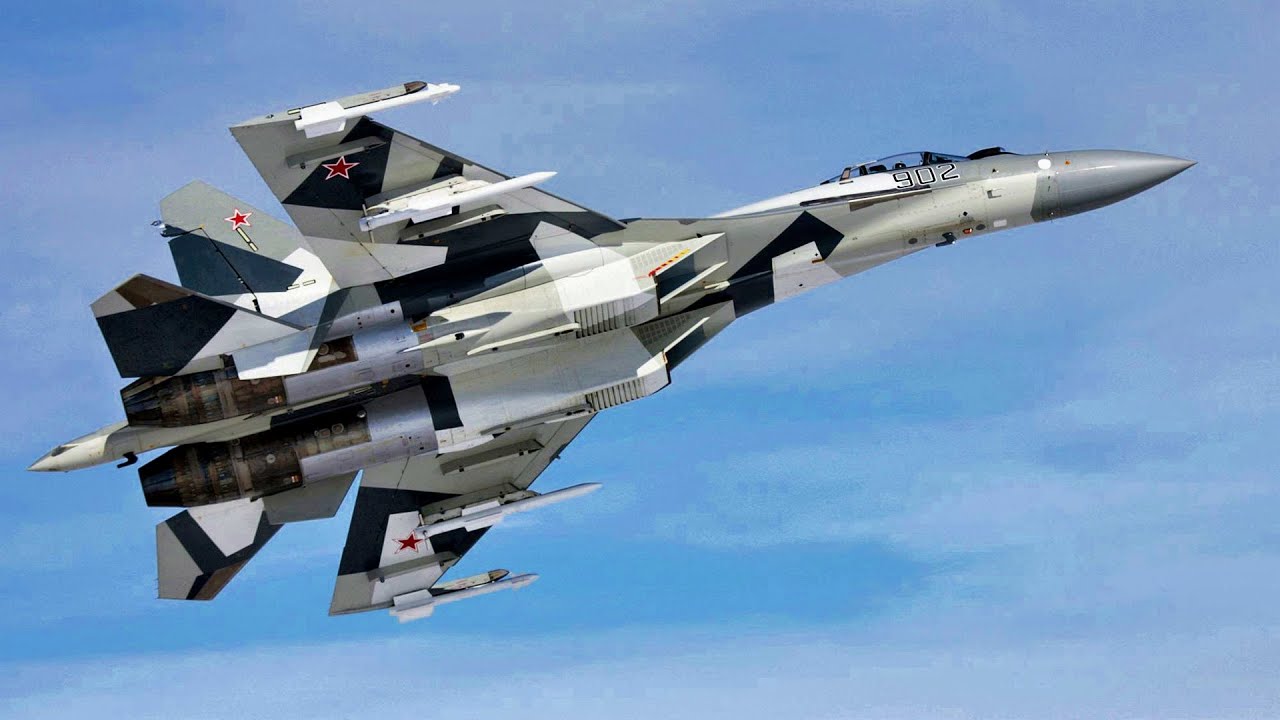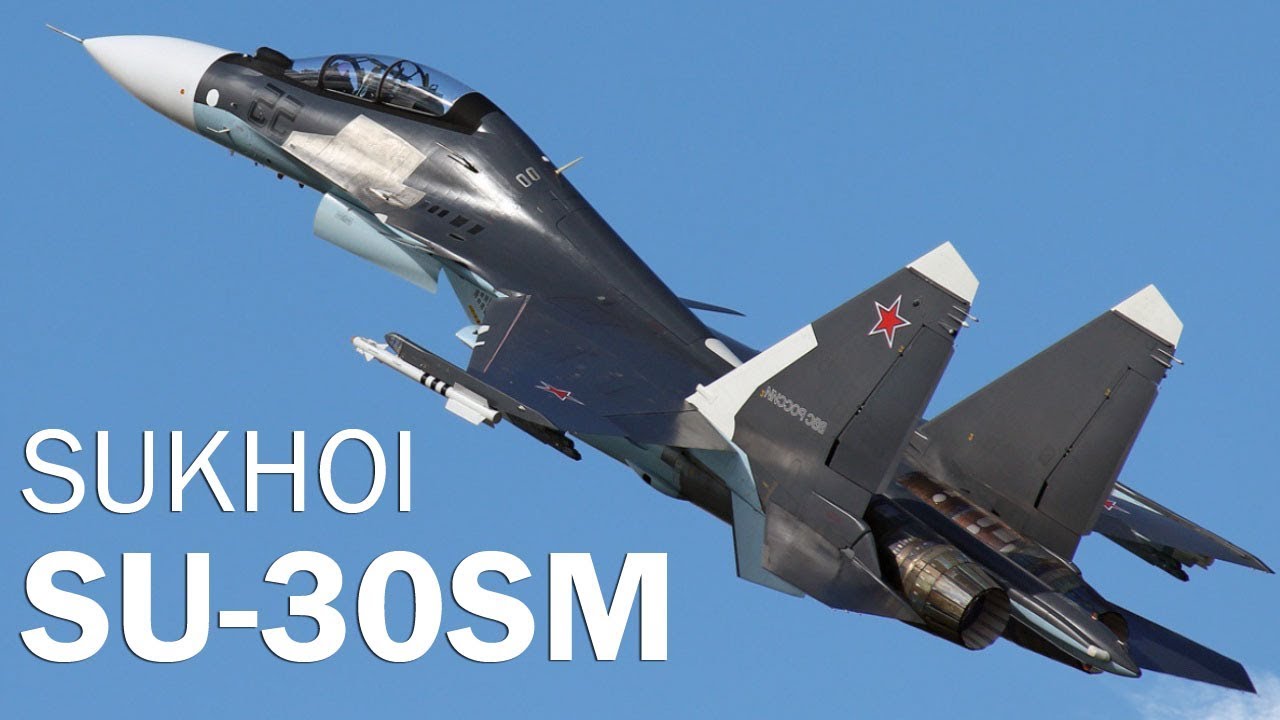Sanctions on Russia over the war in Ukraine have impeded the planned upgrade of 85 of the Indian Air Force’s licensed 260-license-built Sukhoi Su-30 MKI fighter jets.
Announced by former IAF chief, Air Chief Marshal RK Bhadauria in 2019, the upgrade involved replacing the N011 Bars passive radar with an Active Electronically Scanned Array (AESA) radar, among other modern avionics and electronics, to put in the Generation 4++ category.
It would have automatically brought Indian Su-30s on par with Russia’s Su-30 SM2, the most advanced Su-30, often called the Super Sukhoi. The Su-30SM2 is also seen as an attempt to bring it closer to the Su-35, Russia’s second most advanced Gen. 4++ fighter after the stealth Su-57 ‘Felon.’
The sanctions have also hindered a deal with Russia to build 12 Sukhois in India as a replacement for the same number of jets lost in accidents over the last ten years.
A silver lining has been that the existing Sukhois in India have been integrated with domestically developed Brahmos-A cruise missiles and the Astra Beyond Visual Range (BVR) missile.
This gives the IAF a rare capability in the region, not even possessed by China, which otherwise holds a tremendous advantage in the quantity and quality of aircraft.
China has many frontline fighters, including the domestically made J-11s, J-16s (copies of the Russian Su-27 and Su-30), advanced single-engine J-10B and C, and the fifth generation stealth J-20.
Backed by a well-oiled techno-industrial capability to ramp up spares and maintain high aircraft operational availability is another advantage India lags in and has just begun addressing with the ‘Aatmanirbharta’ (self-reliance) push.
Sukhois are assembled by the Hindustan Aeronautics Limited (HAL) plant at Ozhar in Nashik in completely knocked down (CKD) kits that arrive from Russia. Along with their jet engines, around 40% of spares for the Sukhois remain imported.
The India-Russia Intergovernmental Commission on Military and Military-Technical Cooperation (IRIGC-M & MTC) has made little headway.
With tensions in Ladakh resurging, India’s military remains at a slight overall disadvantage, but there is no pushover in its current form. One of the world’s most tactically and operationally proficient militaries, it can at least hold its own and thwart China to a stalemate in a defensive war.
More Sukhois For India?
Former IAG Jaguar pilot Squadron Leader Vijainder Thakur says the IAF deferred the Su-30MKI upgrade until HAL and Rosoboronexport addressed the issue of spares.
In the meantime, Russia upgraded its Su-30 fleet to the Su-30SM2 standard. Upgrading its fleet at the same time as Russia would have been cheaper, as Russia would have accrued economies of scale in manufacturing and sourcing the new equipment for a more extensive fleet.
But he doesn’t believe that going for additional Su-30MKI or Su-30SM2 would have made sense. “We have a large enough Su-30MKI fleet, and it makes more sense to keep upgrading them in a phased manner rather than acquiring additional Su-30MKIs.
Our best bet would be to upgrade to the Su-30SM2 standard, which represents a merger of the Su-30 and Su-35 lines. However, the Su-30SM2 represents a deep upgrade that will cost us substantial money,” Thakur opines.

Transfer-of-Technology (ToT)
A hesitation even amongst the reliable military, strategic and political partners like Russia has been to withhold total ToT, which includes the “know-why” apart from just the “know-how” of complex aerospace technologies.
This was reported to be one of the reasons why the IAF backed out of the joint production proposal of the Su-57 Felon since it claimed Russia was reluctant to part with the technology ‘source codes’ and critical industrial manufacturing processes.
While losing an assured defense customer for a heavily sanctioned economy like Russia, for whom defense exports are vital revenue is one reason, it is not the only one. The fear of their technology falling into American hands, which still holds substantial influence over Indian defense and strategic thinking, is another.
But with the greater Russian need for India to remain neutral in the former’s war with Ukraine amidst US pressure has come a changed US tactic of leveraging weapons sales to influence the buyer’s foreign policy.
Usually, it was the other way round, where alliance partners bought its private defense giants’ arms. General Electric (GE) reviving its offer to help develop the engine for India’s Advanced Medium Combat Aircraft (AMCA), just after the Brazil Russia India China South Africa (BRICS) summit made it suspect.
Prime Minister Narendra Modi was part of the joint statement criticizing “developed countries’ (irresponsible) economic policies impacting developed countries.”
Therefore, India can play its cards well to extract greater ToT from Russia, given that the Ukraine war is showing signs of heading into the end of the year and Russia itself possibly needs more Sukhoi spares as they might be lost in combat.
“India should negotiate with Russia to manufacture all Sukhoi fighter spares under Make-in-India. Indian manufactured Sukhoi spares can also meet the needs of Russia’s other export customers,” Thakur adds.
- The author can be reached at satamp@gmail.com
- Follow EurAsian Times on Google News





